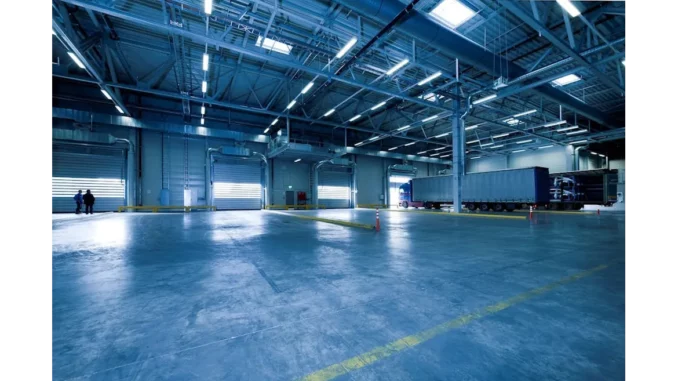
Summary
Toyota’s Logistics Transformation: AutoStore System Boosts Efficiency and Sustainability
Toyota Material Handling has implemented the AutoStore Automated Storage and Retrieval System (AS/RS) at its Parts Distribution Centre in Columbus, Indiana, a move that significantly enhances its logistics operations. This cutting-edge system not only promises to improve delivery speed and capacity but also aligns with Toyota’s sustainability objectives. “With this technology, we’re setting a new industry standard,” said Mark Reynolds, Toyota’s Director of Logistics. By 2030, the company aims to ensure next-day delivery to 98% of its customers in the U.S. and Canada. This article examines the system’s impact on Toyota’s operations and the broader logistics sector.
Main Article
A New Era in Warehouse Operations
The introduction of the AutoStore system marks a transformative step in warehouse logistics. Employing 28 energy-efficient robotic shuttles, the AS/RS efficiently retrieves and delivers totes from a compact vertical storage grid. This technological leap not only maximises storage capacity but also reduces the reliance on manual labour. The shuttles, guided by AI-enhanced software, optimise storage locations based on demand patterns, ensuring seamless access to high-demand items. The result is a significant increase in distribution centre throughput, enabling the processing of up to 700 orders per hour.
Commitment to Sustainability
A key feature of the AutoStore system is its focus on sustainability. The robotic shuttles are powered by rechargeable batteries and consume energy only during movement, aligning with Toyota’s broader environmental goals. “Our commitment to reducing our carbon footprint is unwavering,” said Lisa Takeda, Toyota’s Head of Sustainability. This system reflects Toyota’s ongoing efforts to incorporate sustainable practices across its global operations.
Improving Workforce Conditions
The automation brought by the AutoStore system also delivers notable benefits for Toyota’s workforce. By automating part retrieval and delivery, the system reduces physical strain and the risk of injury for employees, who previously walked up to 10 miles each day. The system’s precision further enhances picking accuracy, reducing errors and boosting overall operational efficiency.
Seamless Integration with Existing Infrastructure
Integrating the AutoStore system with Toyota’s existing logistics framework, including the Kardex vertical lift module for larger parts and a spiral conveyor for efficient goods movement, ensures an effortless transition to this new technology. Its compatibility with RFID and computer-controlled inventory management systems enhances operational efficiency by providing real-time data and reducing the need for manual audits and cycle counts.
Industry Implications
Toyota’s adoption of the AutoStore system underscores the transformative potential of automation within the logistics industry. As businesses seek to optimise operations and expedite fulfilment, automated storage and retrieval systems present a compelling solution. These systems enhance storage capacity, reduce energy consumption, and improve worker ergonomics, driving significant improvements in operational efficiency and customer satisfaction.
Detailed Analysis
The logistics sector is witnessing a paradigm shift as companies like Toyota integrate advanced automation technologies into their operations. This shift is driven by the need to meet growing consumer expectations for rapid delivery and the increasing emphasis on sustainability. As Toyota demonstrates, such systems can lead to substantial gains in efficiency and customer service, setting new benchmarks for industry standards.
The broader trend towards automation is reshaping the logistics landscape, with companies investing in technology to stay competitive. Automated systems not only streamline operations but also contribute to sustainability goals, an increasingly important consideration in today’s business environment. Toyota’s efforts exemplify how technology can drive both economic and environmental benefits.
Further Development
Looking ahead, Toyota’s successful integration of the AutoStore system positions the company to meet its ambitious goal of next-day delivery to 98% of its U.S. and Canadian customers by 2030. The company’s focus on innovation and sustainability sets a benchmark for the industry, illustrating the potential for technological advancements to revolutionise logistics operations.
As demand for faster and more efficient fulfilment continues to grow, the adoption of automated systems like AutoStore is expected to become more prevalent. This trend will likely shape the future of the logistics industry, prompting further developments and advancements in automation technology. Readers are invited to follow our ongoing coverage of this evolving story, as we explore how such innovations impact the logistics landscape and beyond.

